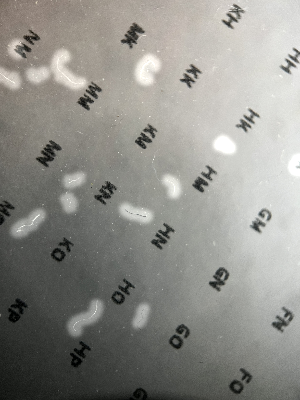Summary of results #P131
Summary for Sample 1
Image 1
| Total number of fibres found: | 15 |
|---|---|
| Density (number of fibres per cm2): | 0 |

Highlighted areas show the fibres automatically detected. We will also count them by eye and learn how well the program is working.


Image 2
| Total number of fibres found: | 13 |
|---|---|
| Density (number of fibres per cm2): | 0 |

Highlighted areas show the fibres automatically detected. We will also count them by eye and learn how well the program is working.


Image 3
| Total number of fibres found: | 13 |
|---|---|
| Density (number of fibres per cm2): | 0 |

Highlighted areas show the fibres automatically detected. We will also count them by eye and learn how well the program is working.


Image 4
| Total number of fibres found: | 17 |
|---|---|
| Density (number of fibres per cm2): | 12 |

Highlighted areas show the fibres automatically detected. We will also count them by eye and learn how well the program is working.


